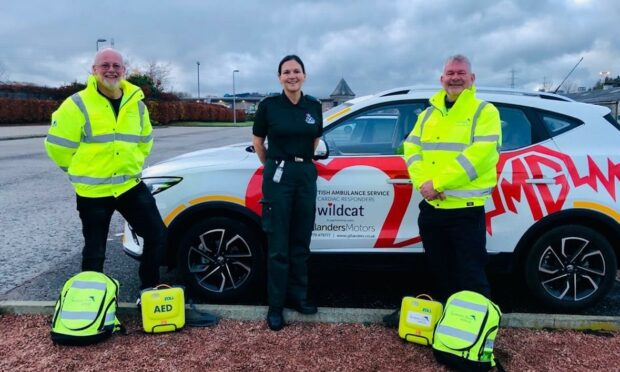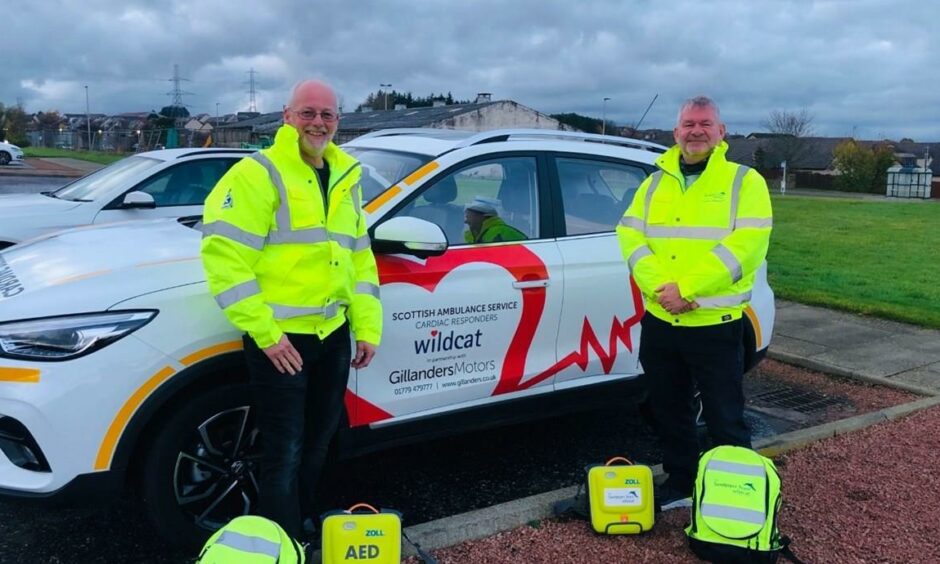The ambulance service has relaunched a lifesaving initiative that utilises volunteers to respond to cardiac arrests in rural areas.
Volunteers will once again function as SAS Wildcat cardiac responders to help with the most remote emergencies across the north-east.
As part of The Sandpiper Wildcat project which was originally set up in 2016, the teams will be dispatched via the GoodSAM app – which alerts off duty medical staff or volunteers to emergencies in their vicinity.
The project had been put on hold due to Covid-19, but the keen volunteers will now be led by the ambulance service’s Community Resilience Department.
How will it work?
Emergency calls to the ambulance service will generate alerts that are sent out via the app.
Then, any first responder Wildcats within a six-mile radius will receive an alert allowing them to quickly reach the patient to perform CPR, utilise a defibrillator or control a situation until an ambulance arrives.
Head of SAS’s cardiac responder development Lorna Donaldson said: “With the launch of the GoodSAM app at the end of September, the first couple of months for our Wildcat Responders has been very positive.
“There are over 100 automated external defibrillators (AED) in the Grampian region which Wildcat volunteers can access as they provide an emergency response to out-of-hospital cardiac arrests.”
After providing training to around 100 volunteers the initiative is ready to get out into north-east communities.
Early response, higher survival chances
Statistics have shown that with every minute that passes after the initial cardiac arrest the chances of survival drop significantly.
Wildcat responder Ian Hendry worked in the oil and gas industry, where he was involved in emergency response duties both onshore and offshore.
Having previously volunteered for the Wildcat project, he came forward again when the project was relaunched.
He said: “Providing the immediate care required for patients is vital should an out-of-hospital-cardiac arrest occur, and being able to arrive quickly and commence CPR is essential.
“Statistically, the outcome will not always be what we want and having experienced this many times, this prompt response gives some comfort to families and loved ones of the patient at what is a very traumatic time for them.
Through regular training an correspondence with the ambulance service it is hoped these off-duty heroes can make a real difference in rural communities.

